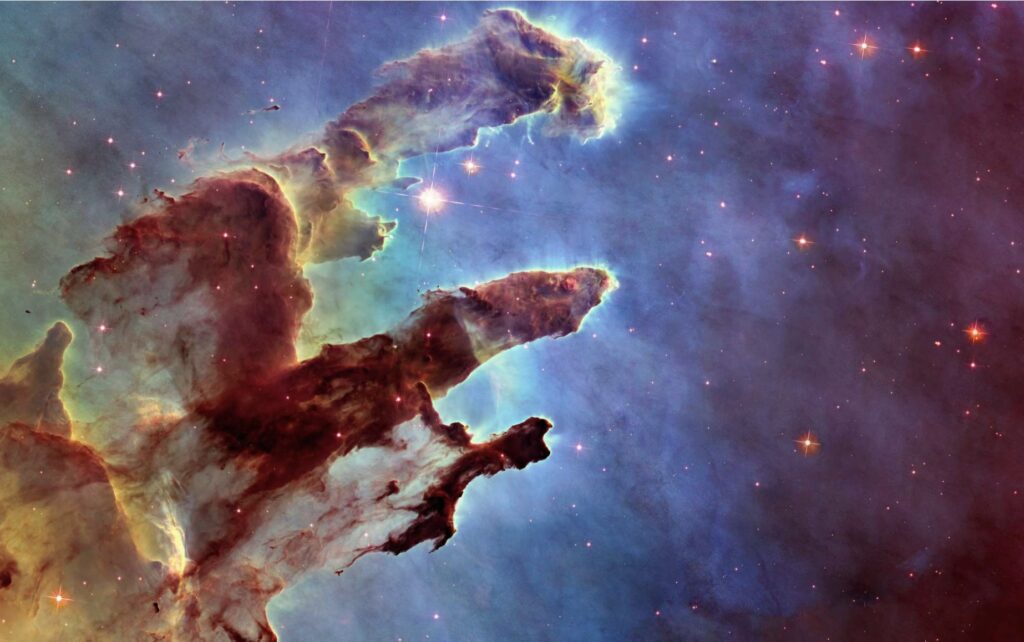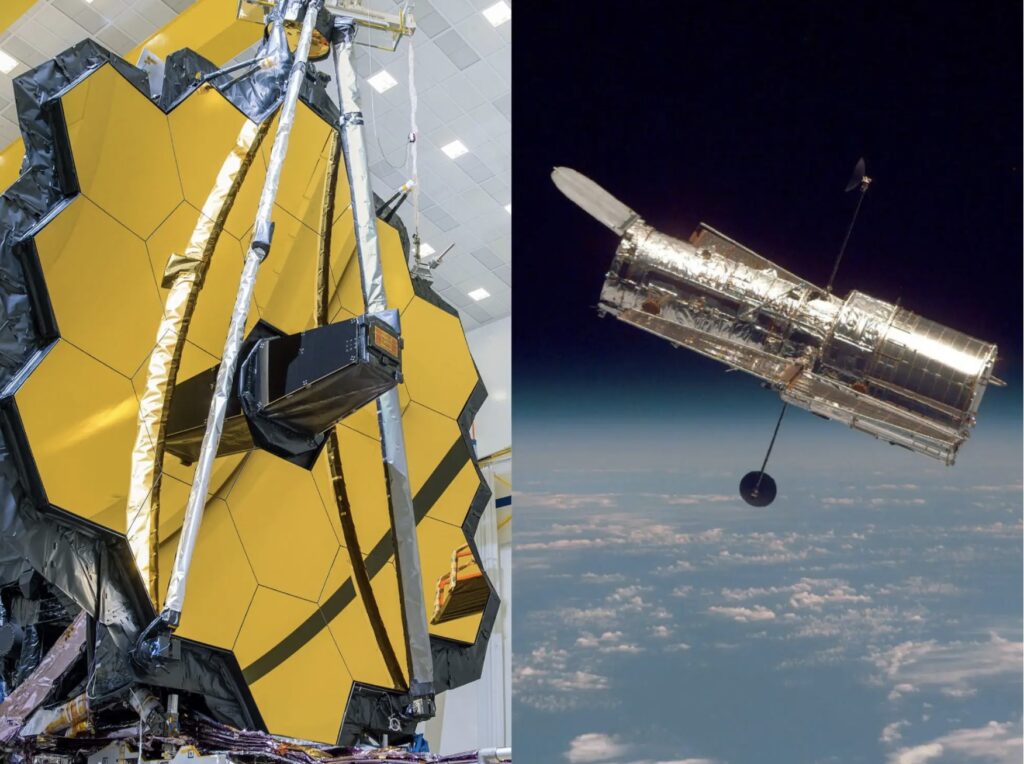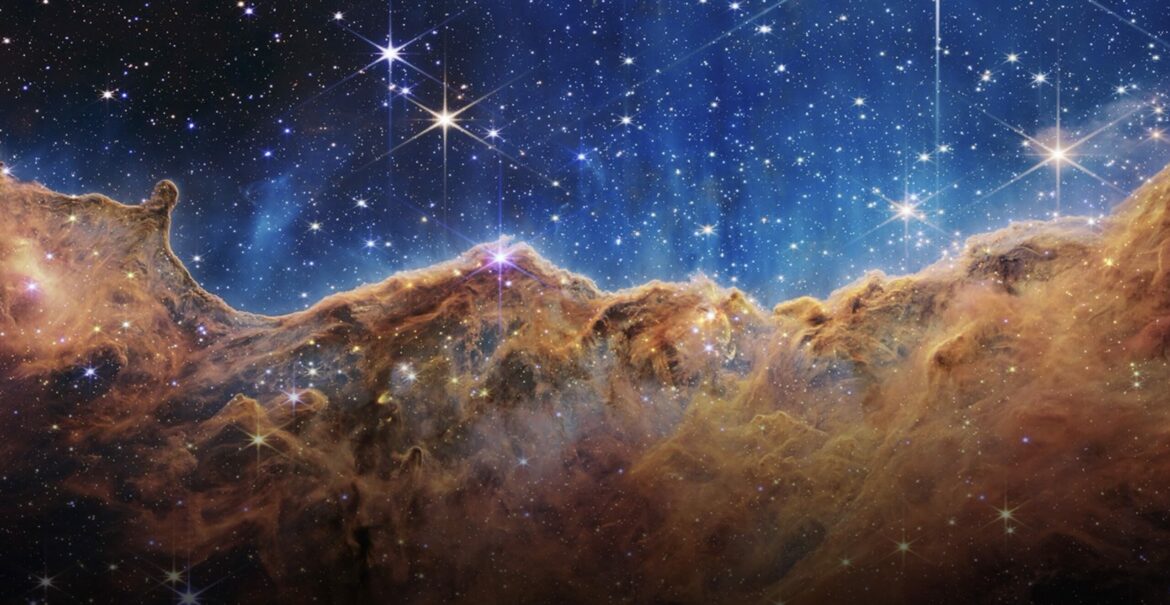
Thanks to the James Webb Space Telescope — the most powerful space telescope ever — we were treated to some spectacular views of the universe this week.
The telescope’s first high-resolution images were shared on Monday and Tuesday. They included interactions between galaxies, a stellar nursery where stars are born, and a unique look at an exoplanet.
The telescope, which launched in December, has enough fuel to operate for the next 20 years. It is expected to shed light on the life cycles of planets, stars and galaxies and reveal mysteries of the universe.
Image of the “cosmic cliffs” is the edge of a nearby star-forming area called NGC 3324 in the Carina Nebula. The telescope infrared pictures reveals previously unseen regions and processes of star birth and formation.
The space observatory can investigate the mysteries of the universe by observing them through infrared light, which is invisible to the human eye.
Webb will peer into the very atmospheres of exoplanets, some of which are potentially habitable, and it could uncover clues in the ongoing search for life outside of Earth.
The telescope will also look at every phase of cosmic history, including the first glows after the big bang that created our universe and the formation of the galaxies, stars and planets that fill it today.
Now, Webb is ready to help us understand the origins of the universe and begin to answer key questions about our existence, such as where we came from and if we’re alone in the cosmos.
The image, taken by Webb’s Near-Infrared Camera, is composed of images taken at different wavelengths of light over a collective 12.5 hours. Deep field observations are lengthy observations of regions of the sky that can reveal faint objects.
Webb’s other primary targets for the first image release included the Carina Nebula, WASP-96 b, the Southern Ring Nebula and Stephan’s Quintet.
Webb’s study of the giant gas planet WASP-96 b is the most detailed spectrum of an exoplanet to date. The spectrum includes different wavelengths of light that reveal new information about the planet and its atmosphere. Discovered in 2014, WASP-96 b is located 1,150 light-years from Earth. It has half the mass of Jupiter and completes an orbit around its star every 3.4 days.
A long future of observation
The mission, originally expected to last for 10 years, has enough excess fuel capability to operate for 20 years, according to NASA Deputy Administrator Pam Melroy.
These will be just the first of many images to come from Webb over the next two decades, which promises to fundamentally alter the way we understand the cosmos.
While some of what Webb could reveal has been anticipated, the unknowns are just as exciting to scientists.
“We don’t know what we don’t know yet,” said Amber Straughn, Webb deputy project scientist for communications at NASA Goddard. “I think it’s true that every time we launch a revolutionary instrument into space, like with Hubble, we learn things that completely surprise us but do cause us to sort of change our fundamental understanding of how the universe works.”
Hubble’s 31 years have yielded a wealth of discoveries that couldn’t be anticipated, and the scientific community views Webb and its capabilities in the same way.
When comparing Webb’s first images to other breakthroughs in astronomy, Webb program scientist and NASA Astrophysics Division chief scientist Eric Smith compared it to seeing Hubble’s images after the telescope was repaired and everything snapped into focus.
“A lot of people sometimes see pictures of space and they think it makes them feel small,” Smith said. “When I see these pictures, they make me feel powerful. A team of people can make this unbelievable instrument to find out things about the universe revealed here, and just seeing that pride in the team, and pride in humanity, that when we want to, we can do that.”

